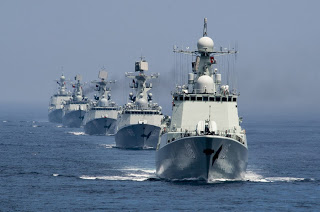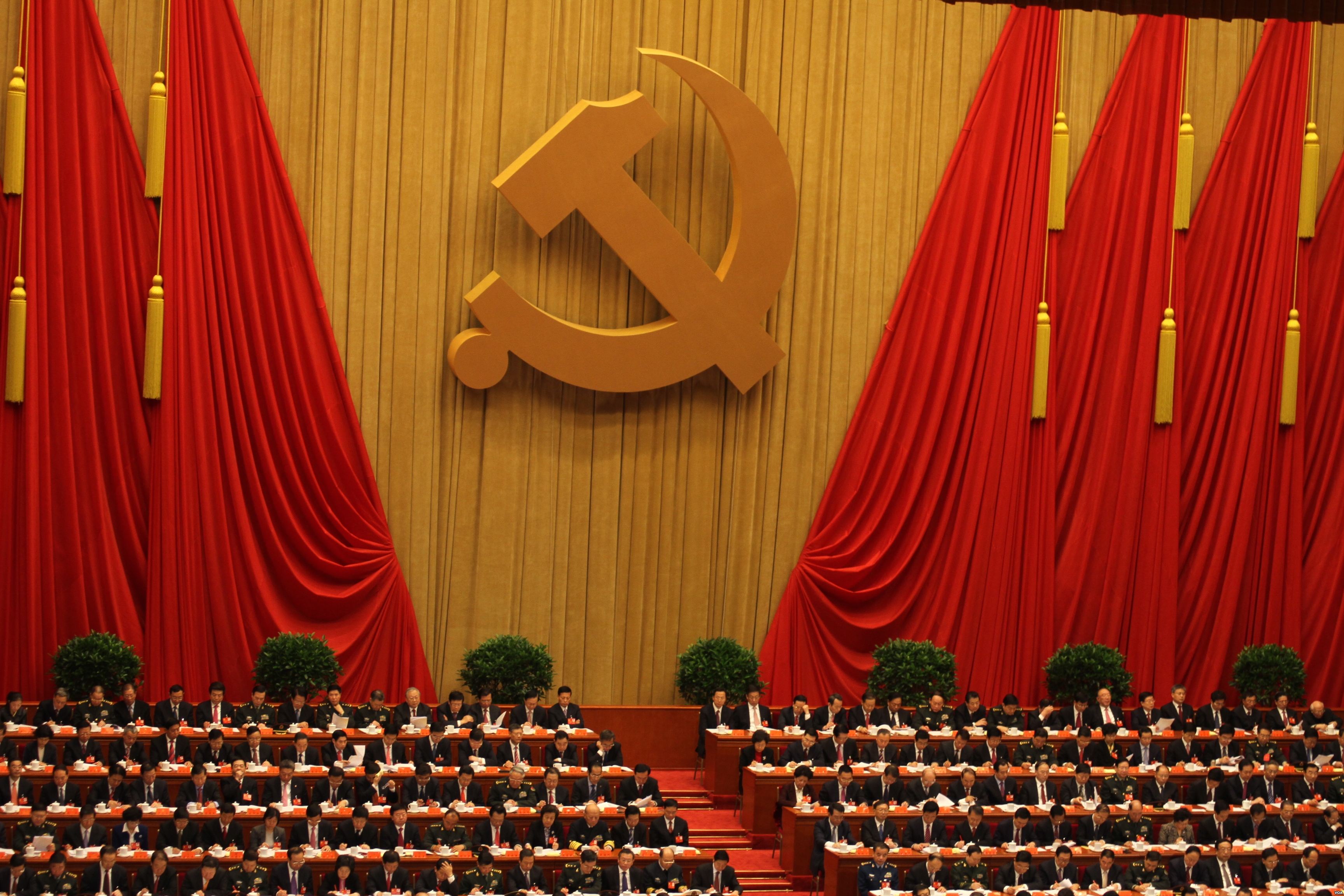From 5-12 July 2013, China and Russia participated in their second joint naval exercise called the Joint Sea 2013. This follows from the pair’s first naval drill on 22-27 April 2012 (Joint Sea 2012) on waters adjacent to Qingdao, China. Touted as the largest naval drill between China and a foreign country, the two navies sent a total of eighteen vessels, one submarine, eight planes and helicopters, and two special forces teams to participate in a series of joint maritime air defense, escorts, anti-piracy operations, humanitarian search and rescue operations, and live translation/interpretation exercises between vessels in Peter the Great Gulf in the Sea of Japan.
For the past decade, China and Russia have engaged in numerous joint military exercises, usually along with other Shanghai Cooperation Organization (SCO) member states. Following the Joint Sea 2013, China and Russia will resume anti-terrorism exercises for Peace Mission 2013 to be held in Chelyabinsk from 27 July to 15 August 2013.
[captionpix align=”right” theme=”elegant” width=”350″ imgsrc=”http://i2.wp.com/news.usni.org/wp-content/uploads/2013/07/js2013.jpg?resize=624%2C350″ captiontext=” “]
Explicitly military exercises were used to test military technology and provide training for military personnel. Yet, many observer countries extract and react to connotations from geographic locations to various military games on the agenda. It is no different with Japan, as Russia and China’s displays of capability in the Sea of Japan will undoubtedly cast light on unresolved disputes over the Diaoyu/Senkaku Islands (China, Japan) and the South Kuril Islands (Russia, Japan).
Given the history and present-day political environment, China and Russia are obviously exercising in troubled waters. Deputy Chief of Staff of the Russian Navy Leonid Sukhanov noted that “the two navies can withstand any invasion and cope with any challenge.” Deputy Commander of the People’s Liberation Army Navy (PLAN) Ding Yiping echoed the intention of deepening ties between the two navies and firmly noted that the exercises are not targeting a third party state and “those who feel uneasy have a guilty conscience.” Lacerating rhetoric that China knows will reach its intended audience.
What is perhaps more interesting is that the Joint Sea 2013 follows just a week after Dawn Blitz (DB13) held on 11-28 June 2013. The multilateral amphibious exercise was conducted off the coast of Southern California hosted by the U.S. 3rd Fleet’s Expeditionary Strike Group 3 (ESG 3) and I Marine Expeditionary Force’s (IMEF) 1st Marine Expeditionary Brigade (1st MEB) with participation from coalition forces from Canada, New Zealand, and Japan. Australia, Chile, Colombia, Israel, Mexico, Peru, and Singapore all sent observers who would later bring tactics to share with their respective militaries.
Dawn Blitz commenced just days after the meeting of President Obama and Chinese President Xi Jinping in Southern California. Out of the multiplicity of drills conducted on San Clemente Island, one included a simulated assault by 80 U.S. Marines and three MV-22 Osprey aircrafts on the island after which Japanese forces performed a counterattack using 1,000 troops and two warships. Likewise, Japan noted that what looks to be a rehearsal of taking over an island was not intended to target a third party country, but the Chinese understood the message.
The United States stands neutral in the Diaoyu/Senkaku Islands spat, but despite Chinese objections to the controversial drill, the United States and Japan chose “to show the Chinese that they are battle-ready.” Should this dispute dissolve into military intervention, the United States is bound by treaty to militarily support Japan. Perhaps this is why Dawn Blitz was so vexatious to the Chinese, as it was an outright expression of the dual capability of this matured Pacific alliance.
The United States has invited China’s People’s Liberation Army Navy to participate in an international naval drill in the Rim of the Pacific exercise (RIMPAC) in 2014. Although China has accepted, U.S. officials note that drills involving both the United States and China, due to legal restrictions, can only involve mutually benefiting activities like disaster relief and humanitarian assistance.
China and Russia’s meeting on the Sea of Japan brought two tested navies together under the umbrella of maritime security. While both saw a closer integration of military assistance through a decade of partnership in the Shanghai Cooperation Organization, this year’s Joint Sea campaign was a deliberate show of capability to two historical antagonists: Japan and the United States. It is not unlikely that future military exercises could involve all four parties, like RIMPAC 2014. But deep military integration would be highly unlikely, as Russia and China may be subject to only participating in humanitarian activities. The anxieties caused by consecutive naval exercises illustrate historical and territorial disputes obscured by ambiguous treaty texts, but as China and Russia conclude another round of theatrics, the message is loud and clear.




